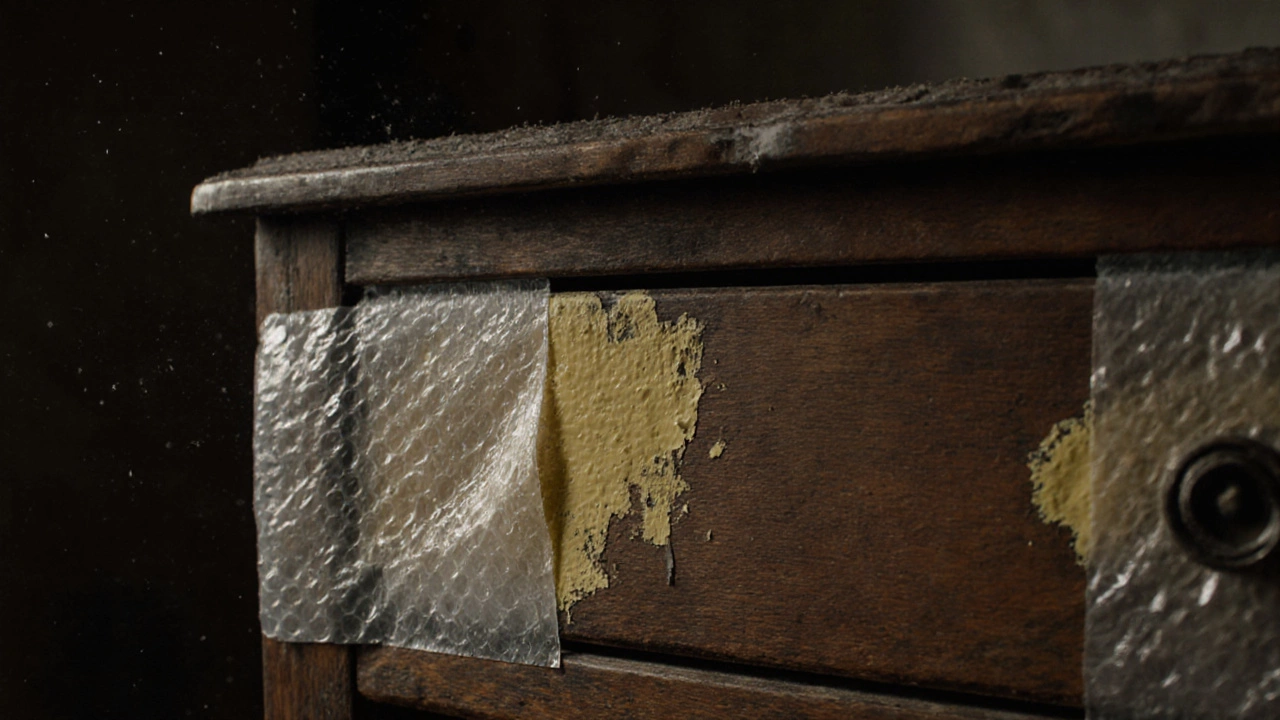When you own fragile items, handcrafted or vintage pieces that are easily damaged by moisture, impact, or improper handling. Also known as delicate furniture, these are the pieces you don’t just buy—you invest in. They’re the ones with hand-carved details, thin glass tops, or aged finishes that crack under the wrong conditions. Moving them, storing them, or even cleaning them wrong can turn a treasured item into a repair bill.
These aren’t just fancy decorations. Many of the pieces in our collection—like solid wood bookshelves, reclaimed oak coffee tables, or woven rattan side tables—are built to last, but they still need smart care. storage humidity, the invisible enemy behind warping wood and moldy upholstery is a big one. If you’ve ever opened a closet to find a once-pristine chair with a warped leg, you know what we mean. Then there’s furniture handling, how you lift, carry, or position pieces during moves or rearrangements. Lifting by the armrest of a sofa? That’s how you break a joint. Sliding a glass-top table across the floor? That’s how you get scratches that never come out.
What makes this even trickier is that some fragile items look tough but aren’t. A thick-looking wooden shelf might have hidden internal cracks. A ceramic vase might seem sturdy but shatter from a tiny temperature shift. And if you’re storing anything in a shed, garage, or basement in the UK? You’re already fighting damp, temperature swings, and pests. Our posts show you how to avoid these traps. You’ll find real fixes: how to use silica gel packs in drawers, why moving blankets beat old sheets, and when to skip the DIY move entirely.
You won’t find vague advice here like "be careful." You’ll find clear steps: how to test if your floor can handle a heavy piece, what tape actually works on delicate finishes, and how to stack boxes so your antique mirror doesn’t get crushed. We’ve pulled insights from posts about protecting wood furniture, managing storage humidity, and even how shelf design affects weight distribution—all because fragile items don’t care about your intentions. They only care about how you treat them.
Whether you’re moving into a new home, storing seasonal pieces, or just trying to keep your favorite armchair looking new, this collection gives you the tools to do it right. No guesswork. No myths. Just what actually works for the kind of furniture we build—and the kind you love to live with.

Bubble wrap is handy for moving, but it's not safe for long-term storage. Learn why it can damage antiques, electronics, and fabrics over time-and what materials to use instead.
More